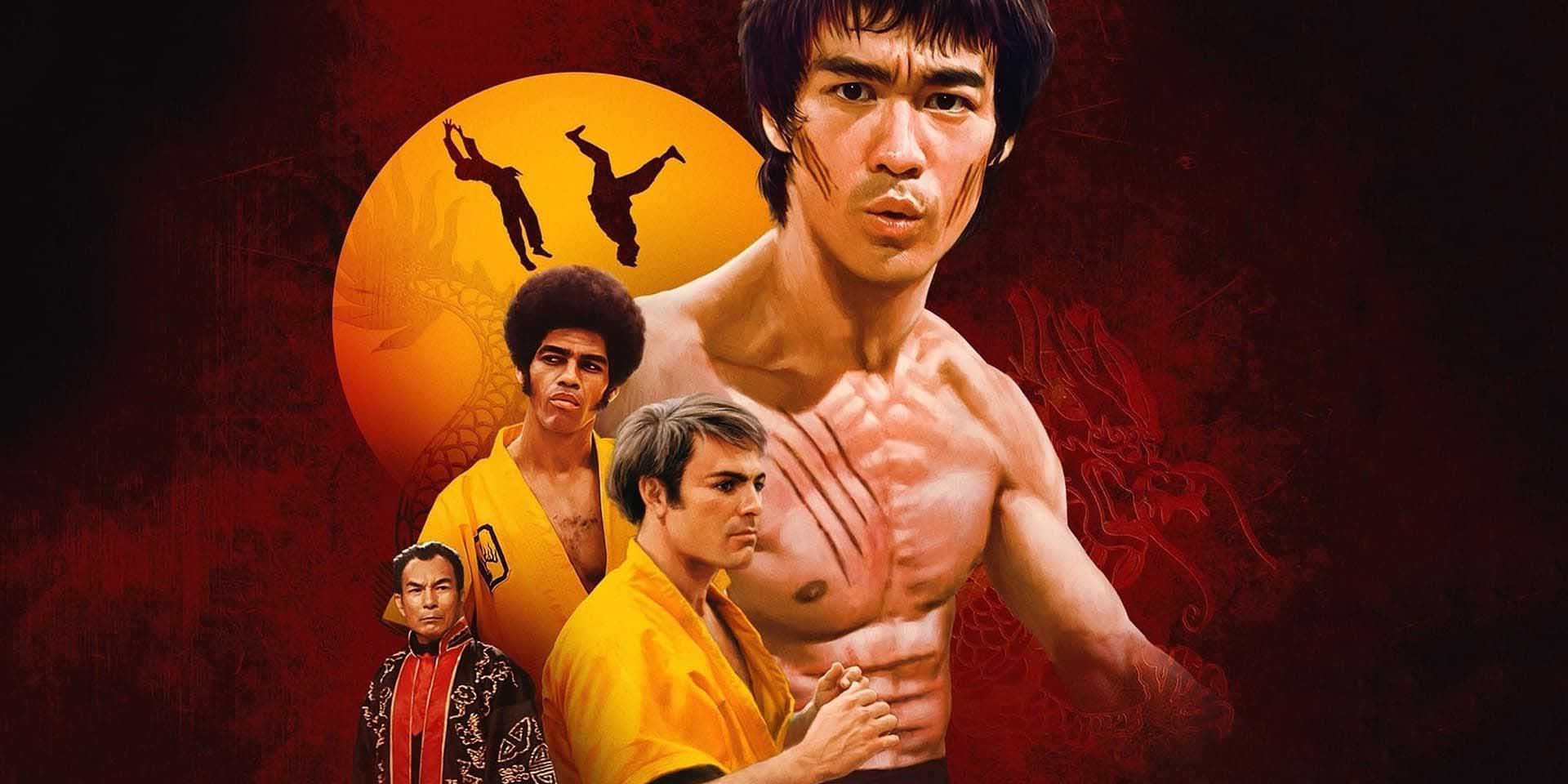The Movie That Made Bruce Lee an Immortal Legend
Few films have had the seismic cultural impact of Enter the Dragon (龍爭虎鬥). When it hit theaters globally, it became more than just an action movie; indeed, it was an event that introduced the world to the lightning-in-a-bottle force of Bruce Lee. This film didn’t just break box office records; it shattered cultural barriers and single-handedly launched the “kung fu craze” in the West. As a result, it stands as a foundational moment in film history, an explosive burst of brilliance whose influence can still be felt in modern epics like Warriors of Future.
Often called the greatest martial arts film ever made, Enter the Dragon (1973) is a perfect storm of action, style, and star power. Here’s a quick guide to what makes it a timeless classic:
- A Perfect Spy-Thriller Plot: The story follows a Shaolin martial artist recruited by an intelligence agency to infiltrate a private island and bust a crime lord’s evil operation by competing in his deadly martial arts tournament.
- The Arrival of a Global Icon: The film provides the ultimate showcase for Bruce Lee‘s incredible physical skill, magnetic charisma, and unique philosophy. Tragically released just after his death, it cemented his status as an immortal legend.
- A Cultural Phenomenon: As the first major Hollywood production to star a Chinese-American actor as its hero, the film was a revolutionary moment that changed the face of action cinema forever.
Enter the Dragon: An Invitation to a Deadly Island
The plot of Enter the Dragon follows a simple yet effective structure, much like a James Bond adventure. First, we meet Lee, a master martial artist from the Shaolin Temple. A British intelligence agent then approaches him with a critical mission: gather evidence against the mysterious Mr. Han, a renegade Shaolin monk who now runs a vast criminal empire from his heavily guarded private island.
The only way onto the island is to accept an invitation to Han’s exclusive, once-every-three-years martial arts tournament. Lee agrees, driven not just by duty but also by a personal quest for vengeance against O’Hara, Han’s brutal bodyguard who was responsible for his sister’s death.
This spy framework was a genius move because it gave Western audiences a familiar structure to follow, making the introduction to the world of kung fu feel exciting and accessible. Along the way, two other American contestants—the slick Roper (John Saxon) and the soulful Williams (Jim Kelly)—join the story, adding different perspectives to the unfolding mystery.
Bruce Lee’s Unforgettable Presence in Enter the Dragon
The reason this film endures is undoubtedly Bruce Lee. The filmmakers perfectly engineered Enter the Dragon (1973) to showcase every facet of his incredible talent. He wasn’t just a fighter; he was a complete movie star, and his performance here is iconic.
- For instance, his unmatched physicality: Lee’s speed, precision, and power were unlike anything audiences had ever seen. He moved with a grace that was almost feline, every muscle defined. The film fills its runtime with moments that display his mastery, from his mesmerizing nunchaku sequence to his lightning-fast strikes that cameras often struggled to capture properly.
- Moreover, he had magnetic charisma: Lee commanded the screen with an intense, smoldering presence, yet he balanced it with a playful confidence. When he famously tells the bully O’Hara “Boards… don’t hit back” before effortlessly dispatching him, it’s a perfect distillation of his character: calm, cool, and utterly dominant.
- Above all, he brought a deeper philosophy: Bruce Lee infused his fighting with a spiritual and philosophical dimension. Early in the film, he teaches a student his philosophy of “emotional content,” famously advising him to “Feel… don’t think.” This idea—that true mastery comes from instinct—was a revolutionary concept for an action hero and gave his character a depth far beyond mere physical strength.
Enter the Dragon’s Iconic Fight Scenes
Consequently, the film delivers unforgettable scenes that filmmakers and fans have referenced and parodied for decades. The most famous, of course, is the climactic duel between Lee and Mr. Han in a disorienting hall of mirrors. Han, who has a prosthetic hand he can swap for a claw, uses the reflections to confuse Lee.
The scene is a visual masterpiece and a perfect metaphor for Lee’s philosophy. To win, he must shatter the illusions and find the true source of the threat. It is one of a kind, a brilliant and artful fight scene. Lee’s animalistic rage as he fights his own reflections remains a stunning piece of physical acting.
The movie is a perfect fusion of Eastern martial arts and Western action filmmaking. It created a new language for portraying fighting on screen, focusing on style, speed, and artistry, thereby setting a standard that action directors still try to match today.
Ultimately, the legacy of Enter the Dragon (1973) is immense. It made Bruce Lee a posthumous global superstar and inspired a generation of actors, fighters, and filmmakers. In addition, it proved that an Asian man could be the hero of a major Hollywood film, a powerful and groundbreaking statement at the time. More than just a movie, it remains a cultural touchstone—the electrifying moment the film unleashed a dragon upon the world.

No Responses